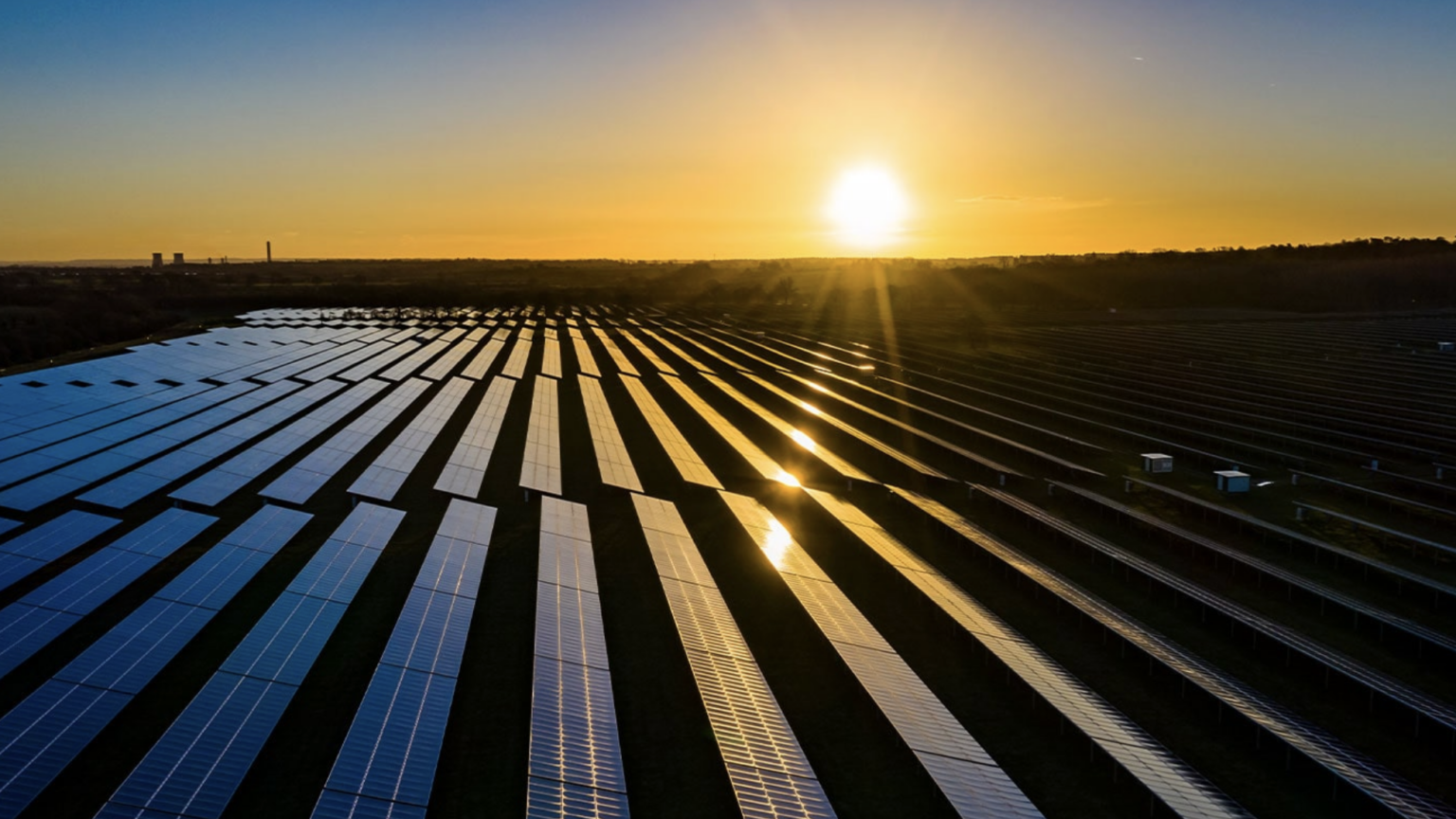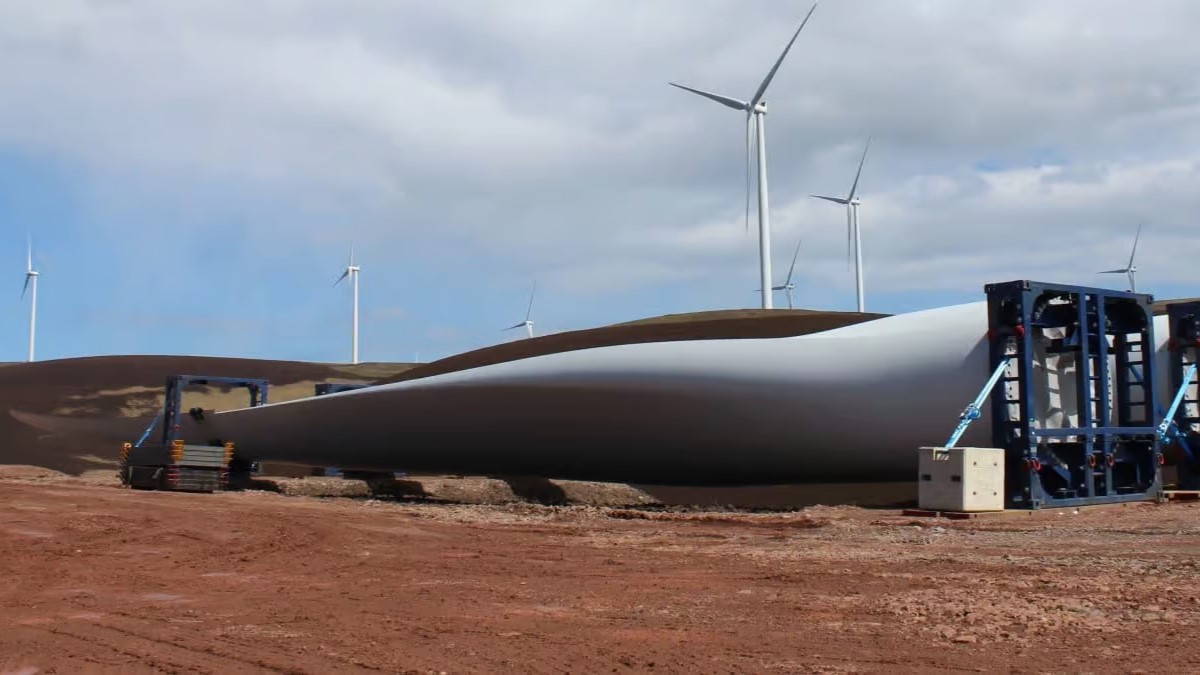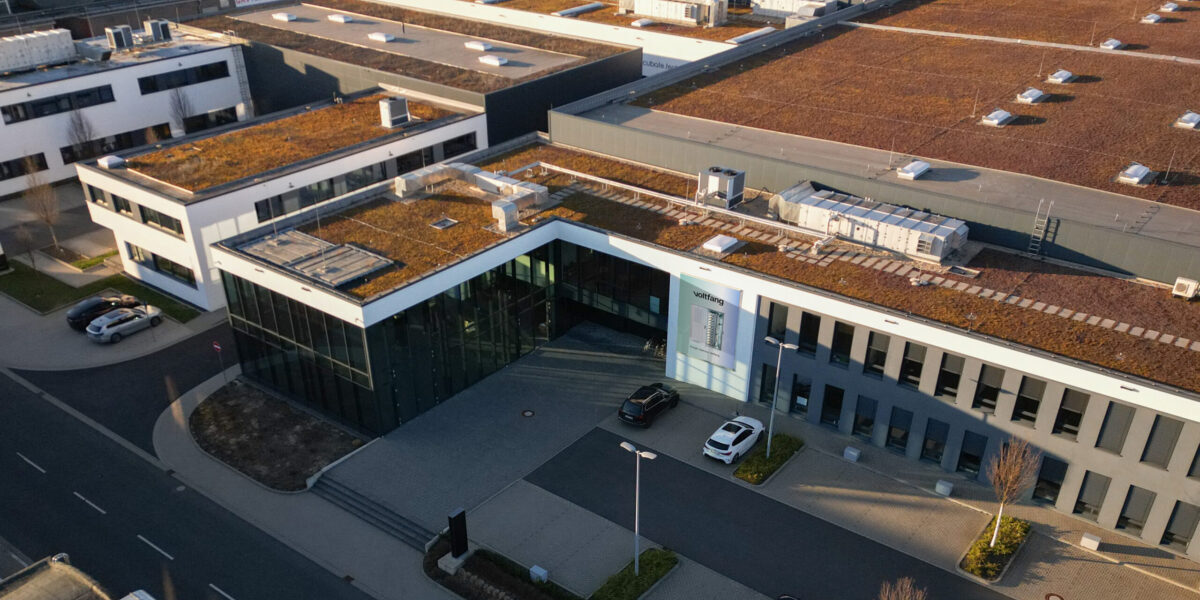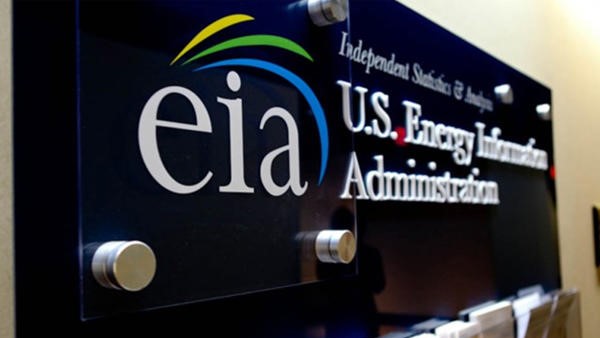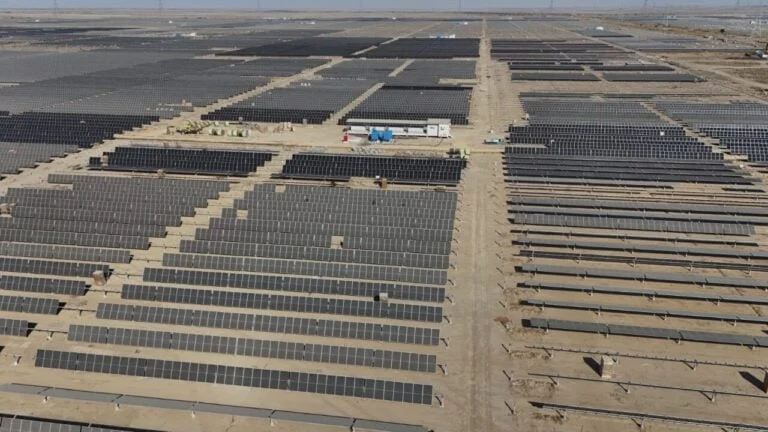AEMO’s latest “Electricity Statement of Opportunities” report finds that investments needed to maintain reliability in the National Electricity Market (NEM) are on track.
The report forecasts grid-scale renewable generation will grow from 178 TWh in 2024-25 to about 229 TWh by 2034-35, reflecting a 21% increase in operational electricity consumption over the period.
A record 4.4 GW of new generation and storage was commissioned in the past financial year. Over the next five years, additional investment of 5.2 GW to 10.1 GW a year is expected to come online.
The report shows improved reliability outlooks, dependent on all expected investments being delivered on time and in full. It said the new capacity is enough to offset the retirement of 11 GW of coal power stations, including Eraring, Bayswater and Vales Point in New South Wales, Yallourn in Victoria, and Callide B in Queensland.
It also said reliability will grow over the decade in line with the expansion of data centers, accelerating business electrification, and increased participation by industrial energy users.
AEMO Chief Executive Daniel Westerman said the delivery of generation, storage, transmission and consumer energy resource projects in the pipeline will likely meet reliability standards for the coming decade.
“The 10-year investment pipeline to manage energy reliability is healthy,” Westerman said. “Considering the large volume of generation retirements over the next decade, the timely delivery of new generation, storage and transmission, along with the operation of consumer energy resources to support reliability, remain critical.”
Climate Council Councillor and Energy Expert Joel Gilmore said committed projects alone ensure Australia will have a reliable grid until after 2030.
“And, there is a huge pipeline of potential projects that set us up well for rapid cuts in climate pollution,” Gilmore said. “At the same time the report shows there is no reason for governments to extend the life of coal power stations that are planned to close in the next few years. With a growing pipeline of wind, solar and storage projects, we can reliably power our homes and businesses without polluting coal.”
After the initial years of the 10-year outlook, reliability gaps are forecast in all mainland NEM regions, with the potential to be managed as further projects progress toward AEMO’s commitment criteria.
The report also models reliability impacts from planned generation outages, gas shortfalls and drought conditions.
It acknowledges system security challenges as critical to power system operation. AEMO will publish its annual system security report in December 2025, identifying investments needed to maintain stability.
Climate Council Councillor and Energy Expert Greg Bourne said reducing coal use is feasible and that accelerating the transition to clean energy will deliver benefits to businesses and communities.
“Governments at all levels must continue to stimulate the investment required to fast-track the renewables rollout – including providing certainty by setting a strong 2035 climate target,” said Bourne.


